Preventive Healthcare
Understanding Uterine Fibroids: Symptoms, Causes, and Treatments
3082 Views
0
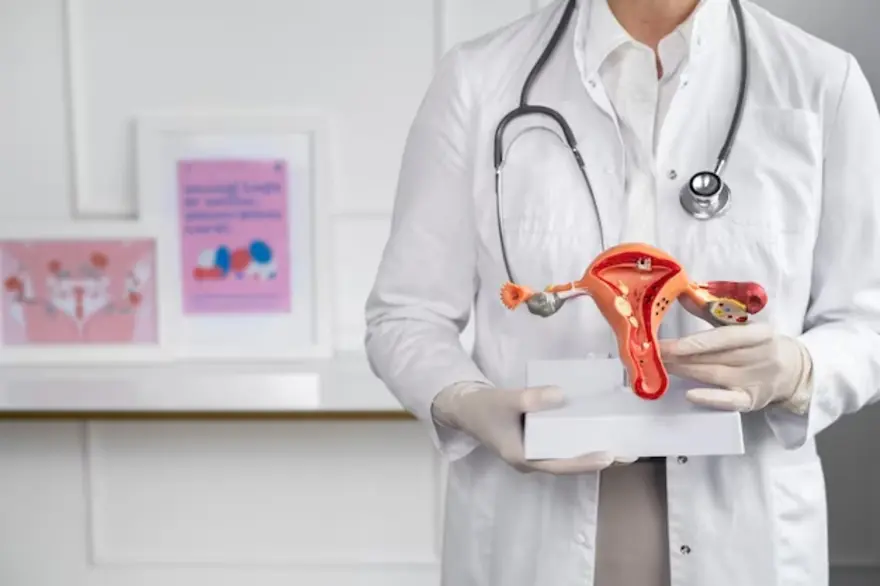
Benign (non-cancerous) tumours called uterine fibroids develop inside and on top of the uterus. While symptoms are not always present, fibroids can cause painful intercourse, back pain, excessive menstrual flow, and frequent urination. Larger fibroids might need surgery or certain uterine fibroid medication, whereas smaller fibroids might not need any treatment.
What are uterine fibroids?
Uterine fibroids, or myomas or leiomyomas, are non-cancerous tumours that develop in or on the walls of the uterus. They are the most common gynaecological tumour, affecting many women of reproductive age. Fibroids can be in size from a small seed to a large melon.
Uterine fibroids can cause pain and excessive, irregular vaginal flow, among other symptoms. A person may have no symptoms and be unaware of fibroids. The symptoms usually determine treatment for fibroids.
Where do fibroids grow?
Fibroids can form within or on the uterine walls. Fibroids can appear as a single nodule or as clusters. The size can range from 1 mm to 20 centimetres (8 inches) or more.
In certain circumstances, fibroids can become so large that they expand the uterus, giving the appearance of significant weight gain or a pregnancy-like tummy. Some fibroids in the submucosa or subserosa may be pedunculated. It means they are suspended from a stalk inside or outside the uterus.
Types of uterine fibroids
Here are the different types of fibroids found in the uterine:
- Intramural fibroids: The most frequent types of fibroids is an intramural fibroid. They develop within the uterine muscle wall. They are normally tiny and have no symptoms.
- Submucosal fibroids: Submucosal fibroids occur within the uterine cavity. They are less common than intramural fibroids, but because of their position, they can cause excessive menstrual bleeding, unpleasant cramps, and pain during intercourse.
- Subserosal fibroids: Subserosal fibroids are found outside of the uterine cavity. They are the least common types of fibroids and can grow large without causing any symptoms.
- Pedunculated fibroids: Pedunculated fibroids are a type of fibroid attached to the uterus by a stalk. They can cause heavy menstrual bleeding, painful cramps, and pain during intercourse.
- Cervical fibroids: Cervical fibroids develop on the cervix, which is the bottom section of the uterus that links to the vagina. They are uncommon; however, they can result in severe menstrual bleeding, terrible cramps, and pain during intercourse.
Are fibroids common?
Yes, fibroids are very common. The prevalence of fibroids varies among different populations, but it's estimated that up to 70-80% of women will develop fibroids at some point. However, 99% of fibroids are benign, meaning they are not cancerous. Fibroids can lead to consequences such as excessive bleeding and reproductive issues.
What are the symptoms of uterine fibroids?
Many women may not have any symptoms of uterine fibroids. However, if the fibroids are large or numerous, they can cause a variety of symptoms of uterine fibroids, including:
- Heavy menstrual bleeding
- Painful menstrual cramps
- Pelvic pain
- Frequent urination
- Difficulty emptying the bladder
- Pain during sexual intercourse
- Infertility
- Pregnancy complications: Fibroids can sometimes increase the risk of miscarriage, premature birth, and complications during pregnancy.
- Back pain
- Constipation
- Bloating
- Fatigue: Fibroids can cause fatigue, especially if they are causing heavy menstrual bleeding.
- Abdominal pain
- Urinary tract infections (UTIs): Fibroids can put pressure on the urethra, making it more likely for bacteria to enter the bladder and cause a UTI.
- Anaemia: Heavy menstrual bleeding caused by fibroids can lead to anaemia.
What does uterine fibroid pain feel like?
The amount of pain of uterine fibroid pain might vary based on size, location, and number of fibroids. Some women have little discomfort, but others have considerable pain that interferes with their everyday activities.
Common types of fibroids pain in the uterine include:
- Dull pressure or fullness in the pelvis
- Sharp or stabbing pain
- Cramping pain
- Pain during sex
What do fibroids look like?
Fibroids are typically smooth, round, or oval bumps that vary in size from small peas to large melons. They can be white or grey, and their texture is firm and rubbery.
What causes uterine fibroids?
The actual uterine fibroid's cause is unknown, although research suggests a mix of hereditary and hormonal factors may be involved. Two of the most important female sex hormones are oestrogen and progesterone. Other risk factors for fibroids include obesity, early menstrual onset, and a family history of fibroids.
What are the risk factors for uterine fibroids?
Many factors may increase the risk of developing these noncancerous growths. These include:
- Age more than 50 years
- Race
- Obesity
- Family history
- Early onset of menstruation: starting of the menstruation (period) cycle.
- Late onset of menopause: Women who go through menopause later in life are more likely to develop fibroids.
- Unopposed oestrogen exposure
- Vitamin D deficiency
What are the complications of uterine fibroids?
While many women with fibroids experience no symptoms, some may develop complications such as:
- Heavy or prolonged menstrual bleeding
- Painful menstrual cramps
- Pelvic pain or pressure
- Frequent urination or constipation
- Difficulty emptying the bladder
- Pain during sexual intercourse
- Pregnancy complications
- Red degeneration
Can fibroids cause anaemia?
Anaemia may be caused by fibroids, particularly if the fibroids produce excessive or protracted menstrual flow. It is when the body can not produce enough healthy red blood cells. The body's tissues receive oxygen through red blood cells. Hence, a deficiency in red blood cells deprives the tissues of oxygen. This may result in symptoms of uterine fibroids such as exhaustion and dyspnea.
How are uterine fibroids diagnosed?
A routine pelvic exam usually diagnoses uterine fibroids. However, if the fibroids are small or deep within the uterus, they may not be palpable during a pelvic exam. In these cases, imaging tests may be used to diagnose fibroids.
- Pelvic ultrasound: It is the most used imaging procedure for fibroids diagnosis. It creates an image of the uterus and fibroids using sound waves. Fibroids can also be measured with ultrasound to determine their location and size.
- Saline infusion sonography (SIS): This test is performed using a transvaginal ultrasound probe, which is inserted into the vagina. A small amount of saline solution is then injected into the uterus, which helps improve the ultrasound image's clarity. This can help visualise fibroids that are located deep within the uterus.
- Magnetic resonance imaging (MRI): This more detailed imaging test can explain fibroids' size, location, and structure. MRI can also be used to diagnose the blood supply to fibroids, which can be helpful in planning treatment.
- Hysterosalpingography (HSG): HSG evaluates the structure of the uterus and fallopian tubes. It involves injecting a small amount of contrast dye into the uterus through the cervix. The shade can then be seen on an X-ray, which can help to identify any abnormalities, such as fibroids.
- Hysteroscopy: It is a procedure in which a thin, lighted equipment called a hysteroscope is inserted into the uterus through the cervix. The hysteroscope allows the doctor to see the inside of the uterus and directly visualise any fibroids that may be present.
How are uterine fibroids treated?
You might not require uterine fibroid treatment if your fibroids aren't causing symptomatic pain or discomfort. Some people never show any signs of fibroids or have any related issues. Your physician could advise pelvic exams or ultrasounds to track your fibroids.
The best uterine fibroid treatment option for you depends upon the size, location, and number of fibroids you have, as well as your symptoms and overall health.
Here is a brief overview of the different uterine fibroid treatment options available:
Observation: Your doctor may recommend you to observe, if your fibroids are small and do not cause symptoms. They will monitor your fibroids with regular ultrasounds to check for growth. If your fibroids do not grow or start to cause symptoms, you may not need any further treatment.
Medications: Many medications can help to relieve the symptoms of fibroids. Make sure you take these medicines only after the doctor prescribed you. These medications for uterine fibroid treatments include:
- Nonsteroidal anti-inflammatory drugs (NSAIDs): NSAIDs, such as naproxen, can help to reduce pain and cramping.
- Hormonal birth control: Hormonal birth control can help in boosting menstrual bleeding and reduce the risk of Anaemia. Examples of hormonal birth control pills include Yasmin, Yaz, and Trinessa.
- Gonadotropin-releasing hormone (GnRH) agonists: GnRH agonists, such as leuprolide acetate (Lupron), can shrink fibroids by blocking the production of oestrogen and progesterone. On the other hand, hot flashes, dry vaginas, and osteoporosis are among the negative effects that these drugs may induce.
- Progestin-releasing intrauterine devices (IUDs): Progestin-releasing IUDs, such as Mirena, can help to reduce heavy menstrual bleeding.
- Oral therapies: Elagolix is a powerful oral drug used to treat symptomatic uterine fibroids and excessive bleeding in women who have not yet reached menopause. It is good for a maximum of 24 months. For women with uterine fibroids, another oral medication called tranexamic acid is used to manage heavy menstrual bleeding.
- Over-the-counter (OTC) pain relievers: These drugs assist in managing the pain and discomfort caused by fibroids. Acetaminophen and ibuprofen are examples of over-the-counter medications.
- Iron supplements: If you have anaemia due to excessive bleeding, your doctor may advise you to take an iron supplement.
Uterine artery embolisation (UAE): UAE is a minimally invasive procedure that blocks the blood supply to the fibroids. This causes the fibroids to shrink. UAE is a good option for women who have heavy menstrual bleeding and are not interested in surgery. It is a good option for uterine fibroid treatment in women who have fibroids that are located in the outer part of the uterus.
Myomectomy: Myomectomy is a surgical procedure to remove fibroids. There are three main types of myomectomy for uterine fibroid treatment:
- Hysteroscopic myomectomy: This type of myomectomy is performed using a hysteroscope, which is a thin, lighted instrument that is inserted into the uterus through the cervix. The hysteroscope allows the doctor to see the inside of the uterus and remove the fibroids with small surgical instruments. This type of surgery is typically recommended for women who have fibroids that are located in the uterine cavity.
- Laparoscopic myomectomy: This type of myomectomy uses a laparoscope, a thin, lighted tube inserted into the abdomen through small incisions. The laparoscope allows the doctor to see the inside of the stomach and remove the fibroids with small surgical instruments. This type of surgery is typically recommended for women who have fibroids that are located in the uterine wall.
- Abdominal myomectomy: It is performed through an incision in the abdomen. The doctor will remove the fibroids through the incision. This type of surgery may be recommended for women who have multiple fibroids or fibroids that are located in the uterine wall and are too large to remove through laparoscopic surgery.
Hysterectomy: Hysterectomy is a surgical procedure to remove the uterus. This is the only treatment that can permanently cure fibroids. Hysterectomy is typically recommended for women who have fibroids that are causing severe symptoms, such as heavy bleeding, pain, and infertility, and who do not want to have any more children.
Radiofrequency ablation (RFA)- It is a safe and effective treatment for uterine fibroids that uses microwave (RF) energy. It is advised for women who have not entered menopause. It is used to treat minor fibroids.
Your uterine fibroid treatment plan will be chosen based on many criteria, including:
- The number of fibroids you have.
- The dimensions of your fibroids.
- The location of your fibroids.
- What symptoms are you having as a result of the fibroids?
- You want to keep your uterus.
Your future pregnancy goals will also determine the optimum treatment option for you.
Risks to uterine fibroid treatment
All treatment options for uterine fibroids have some risks. Some of the most common risks include:
- Pain: Pain can be caused by the treatment itself or by side effects of the treatment.
- Bleeding: Bleeding can be caused by the treatment itself or by side effects of the treatment.
- Infection: Infection can occur at the treatment site or in other body parts.
- Adverse reactions to medications: Medications used to treat uterine fibroids can cause side effects such as hot flashes, vaginal dryness, bone loss, and mood changes.
- Complications of surgery: Surgery to treat uterine fibroids can cause complications such as bleeding, infection, and damage to nearby organs.
- Infertility: Some treatment options for uterine fibroids, such as hysterectomy, can cause infertility.
What happens if fibroids go untreated?
If fibroids go untreated, they can continue to grow, and uterine fibroids cause more severe symptoms, such as heavy bleeding, pain, and infertility. In some cases, untreated fibroids can also lead to complications such as anaemia and miscarriage. Your doctor can monitor your fibroids and recommend treatment if needed.
Can fibroids be prevented?
There is no known way to prevent uterine fibroids. There are some things women can do to reduce the risk of developing fibroids, such as:
- Maintaining a healthy weight
- Eating a healthy diet: Eating a diet rich in fruits, vegetables, and whole grains may help to reduce the risk of fibroids.
- Exercising regularly: Exercise can help to reduce the risk of fibroids and other chronic health conditions.
- Not smoking
- Getting regular medical checkups: Women should see their doctor for regular checkups, including pelvic exams. This will allow the doctor to monitor for fibroids and other gynaecological problems.
Can fibroids change over time?
Yes, fibroids can change over time. They can grow, shrink, or even disappear. The rate of change can vary from woman to woman and from fibroid to fibroid.
Some fibroids may grow slowly over time, while others may grow rapidly. Some fibroids may shrink after menopause when oestrogen levels decline. Others may remain the same size or even develop larger after menopause.
In rare cases, fibroids can degenerate. This means that they can die and become hard or calcified. Degenerating uterine fibroids causes pain and other symptoms. Your doctor can also recommend treatment options if needed.
Will fibroids go away on their own?
After menopause, some fibroids may diminish. Hormone levels fall as a result of this. Your symptoms might go away if the fibroids reduce. If a little fibroid isn't producing any symptoms, treatment might not be necessary.
Do fibroids make you tired?
It is uncommon for uterine fibroids to cause tiredness. Nonetheless, it's a typical sign of anaemia with excessive blood loss. If you experience persistent fatigue, consult a healthcare professional so they can identify the cause of the problem.
Do fibroids make your stomach big?
Fibroids can make your stomach appear bigger, but they do not cause weight gain. Their size can vary from a pea to a grapefruit.
When to see the doctor?
You should see a doctor for uterine fibroids if you are experiencing any of the following symptoms:
- Heavy menstrual bleeding
- Painful menstrual cramps
- Pelvic pressure or pain
- Frequent urination
- Constipation
- Difficulty getting pregnant
Are fibroids cancer?
Fibroids are rarely cancerous. However, with rapid growth of uterine fibroids or fibroids that grow after menopause should be evaluated immediately, as these may be signs of cancer. There is no 100% accurate diagnostic for diagnosing rare fibroid-related malignancies. Uterine fibroids that grow quickly or fibroids that grow after menopause, should be checked immediately.
Conclusion
Fibroids, if small and do not have any symptoms, might not need any treatment. In case you are facing symptoms like pain and profuse vaginal bleeding, then it can be uterine fibroid causes. Fibroids can be managed.
Contact Metropolis Labs to get your tests done. We also provide the facility of home testing, where the experienced and trained technician will take your samples within the comfort of your home. You can then collect your reports online or through the app.








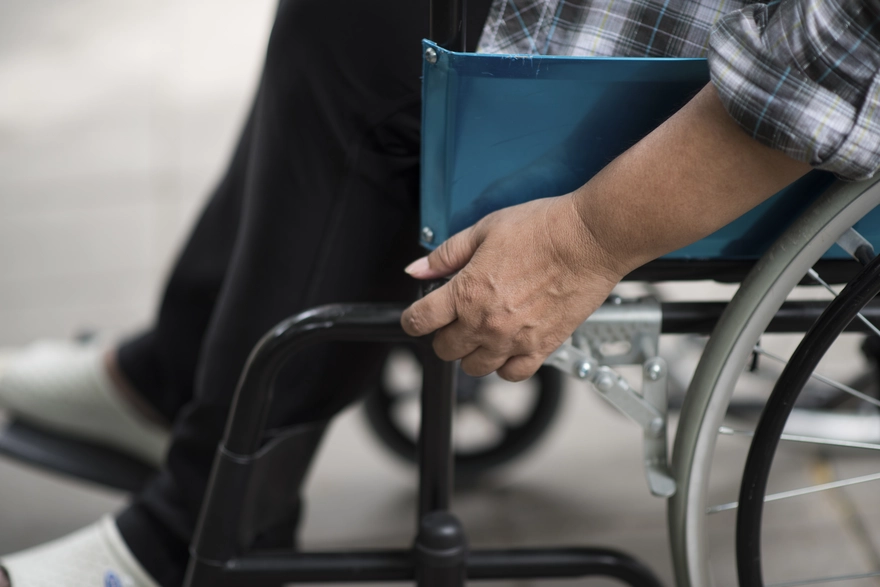

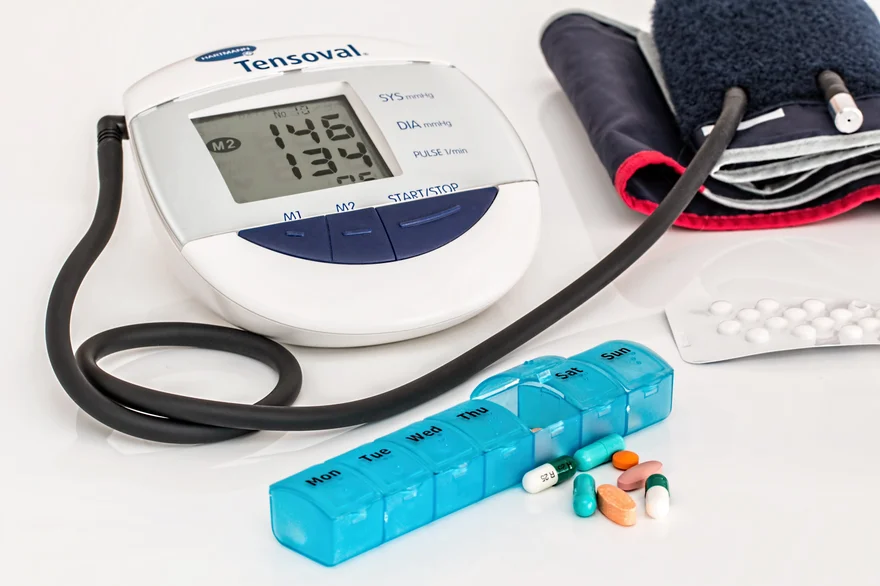
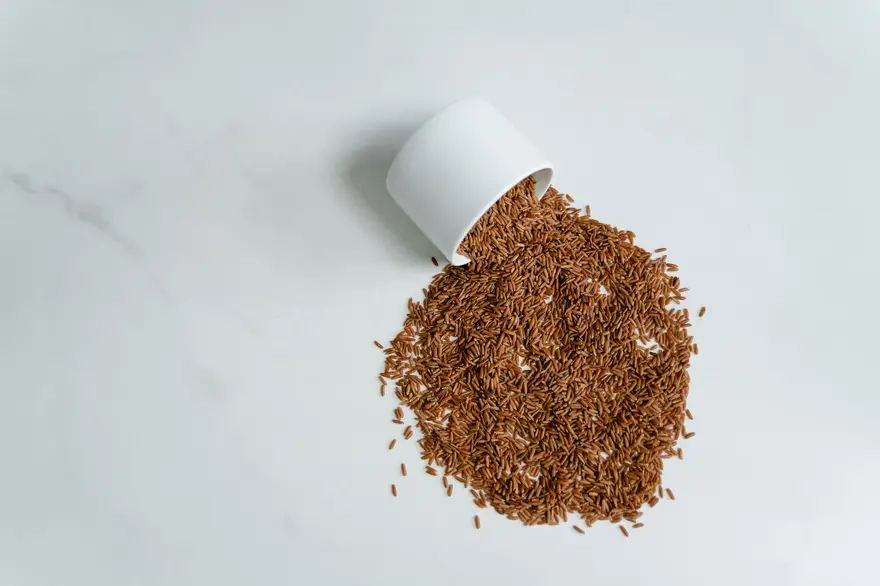
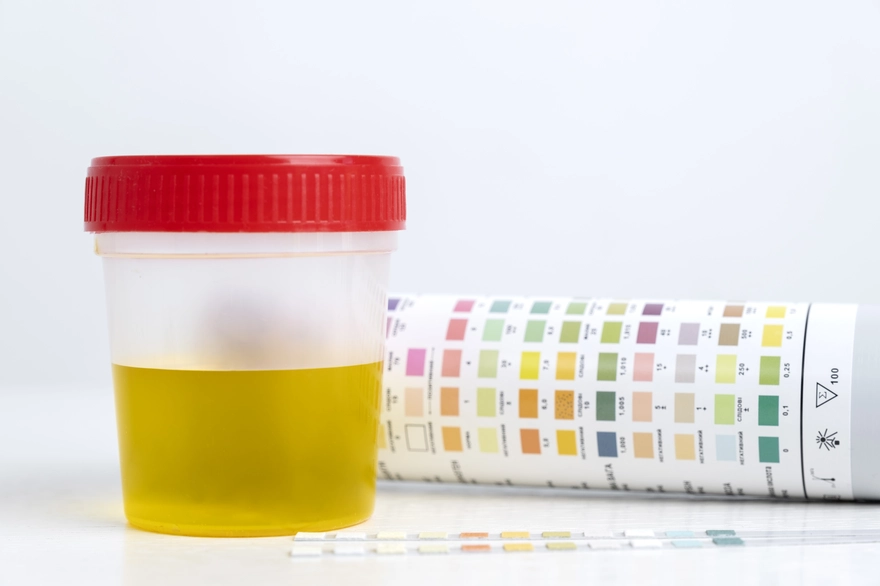










 WhatsApp
WhatsApp